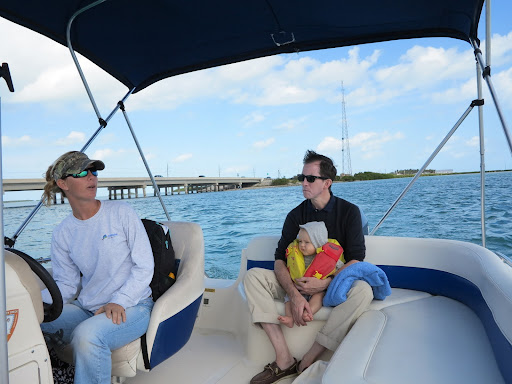
1 There are many experienced captains in the keys with boats for rent. Captain Samantha Zeher was an excellent boat woman and guide in the waters around Islamorada. A local and an educated marine biologist, she was full of information and lore about the Keys and their history.
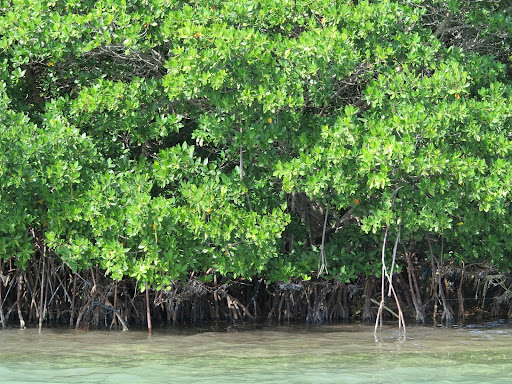
2 We learned a lot about the mangroves, three varieties of which thrive in the waters of the Keys. The black mangrove is the most common and makes up many of the smaller islands stretching the 120 miles down to Key West.

3 Perched on any of the utility poles and other high structures are the most common of the birds of prey, the magnificent osprey. Many were tending babies in giant nests they construct, atop poles and high platforms.
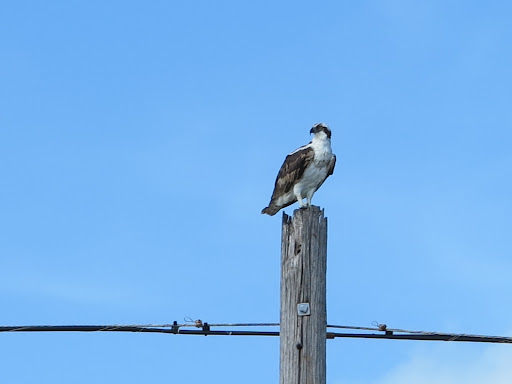
4 Ospreys mate for life, and mated pairs come back to the same nest year after year. The nests are made bigger and stronger before each use. Ospreys usually lay 3 eggs.
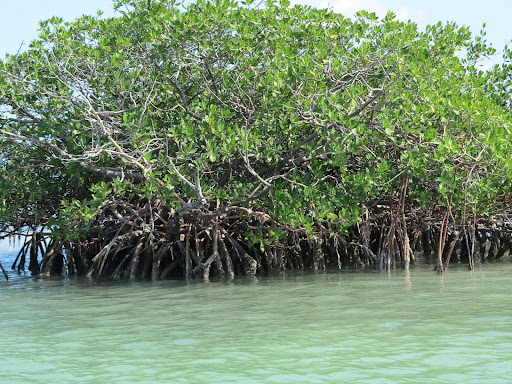
5 Black mangrove is named for the color of its trunk and heartwood. It is a hardy species that expels absorbed salt mainly from its leathery leaves. The other types of mangroves in this area are red and white.
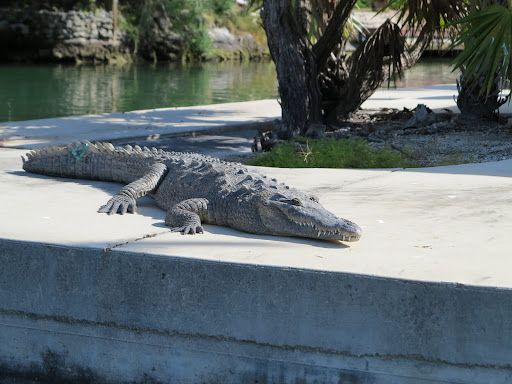
6 This crocodile (its tail is tagged with the number 9) has been basking in the sun on this patio for about six years. It has taken up residence here. It's not a pest and appears quite friendly and has actually become a tourist attraction.
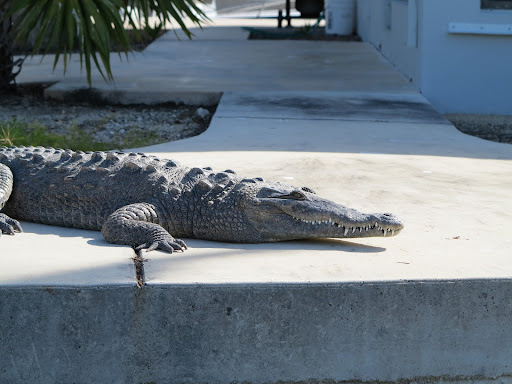
7 Jude and Truman loved seeing this creature up close. 'Crocodillo!', exclaimed Jude, who, at 22 months, is quite fluent in Spanish, as well as English.

8 Crocodiles have sharp teeth for tearing and holding onto flesh, and powerful muscles to close the jaws and hold them shut. Those jaws can bite down with tremendous force, by far the strongest bite of any animal.

9 In the canals we observed many of these jellyfish, which resembled beautiful flowers.
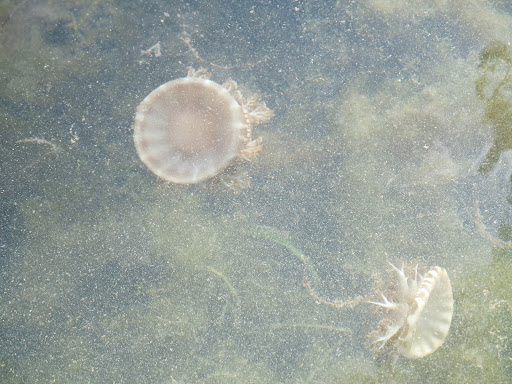
10 The jellyfish turn over when they detect boat turbulence or other disturbances in the water.
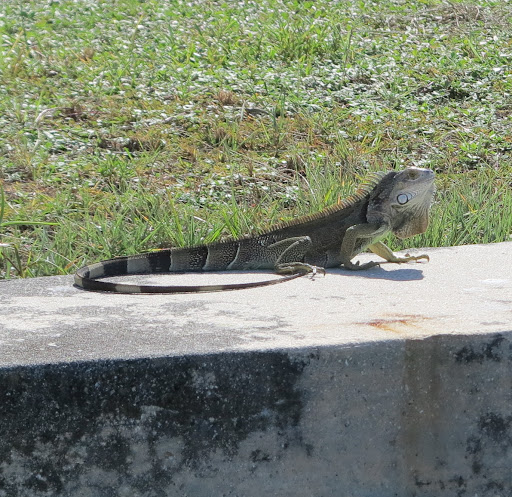
11 We also got to see many iguanas of varying sizes and colors. Iguanas are not native to Florida. Most were former pets, illegally dumped in canals or swamps, or descendants of former pets. They are considered by many to be a nuisance, as they devour vegetation.
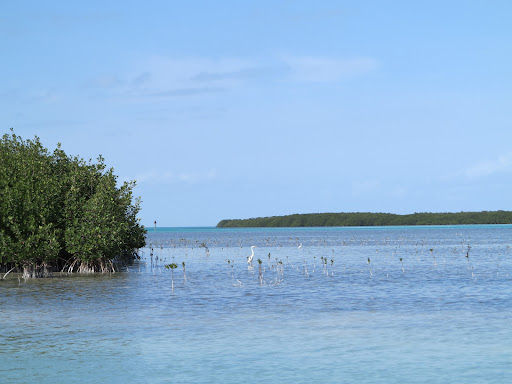
12 We saw herons, egrets, and cormorants everywhere, as they fish in the mangrove areas.
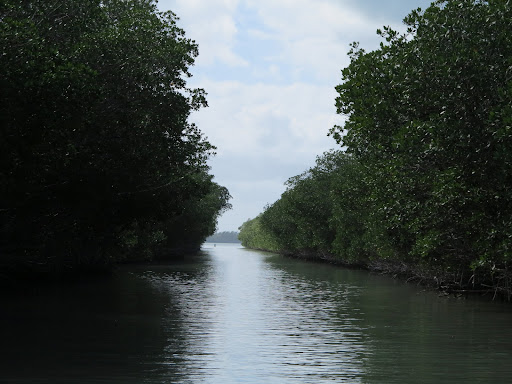
13 The long canals between the mangroves are beautiful and full of wildlife. There was much to see and hear.
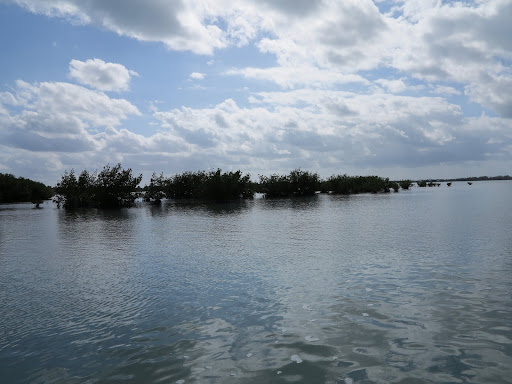
14 Small mangrove patches are establishing themselves into larger islands, slowly but surely.
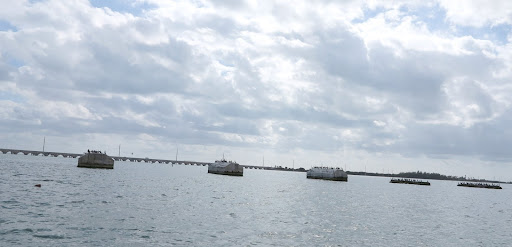
15 The old cement piers, which once supported the railroad, are now roosts for sea birds of many kinds.

16 Mostly cormorants were upon this one, waiting to dive into a school of fish.
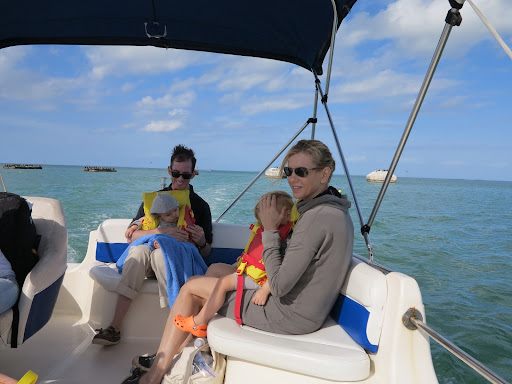
17 Jude and Truman really loved the boat ride. They looked, and then snoozed, and then looked again.
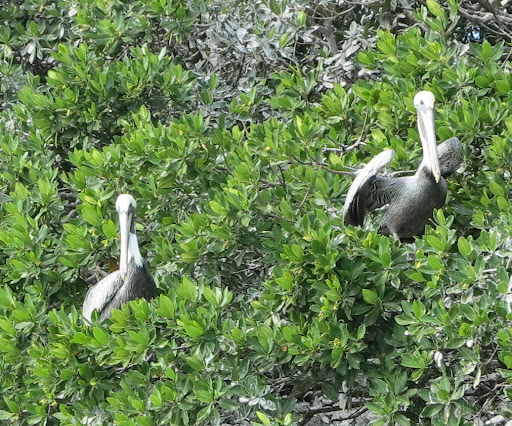
18 There were many pelicans along the way. The white on these mangrove leaves is expelled sea salt.

19 A pair of cormorants - Their bills are long, thin, and sharply hooked.
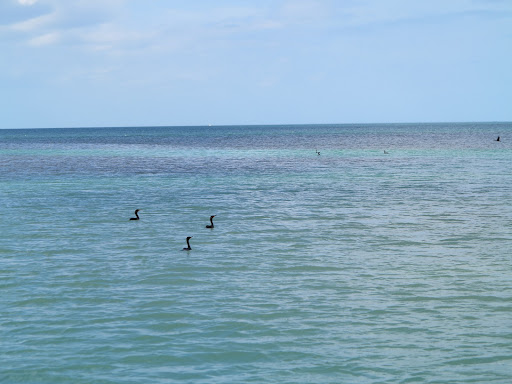
20 We loved observing the diving tactics of the cormorants. They appeared everywhere around us.
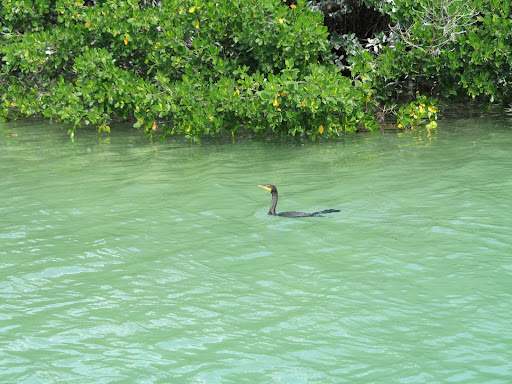
21 They are graceful and stealth. In East Hampton, cormorants have become known as the dirty birds who soil boats and docks. But in the Keys, they are a major part of the landscape.
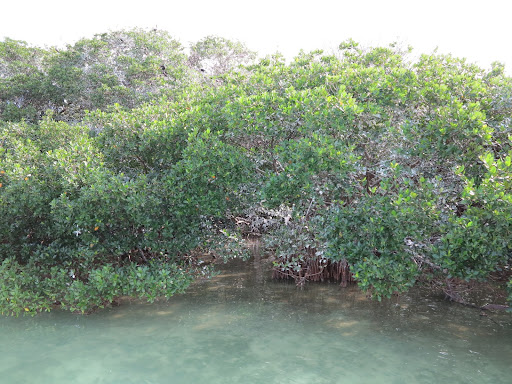
22 Mysterious waterways permeate the underworld of the mangroves. Without a guide who knows the waters, one can easily get disoriented and lost.
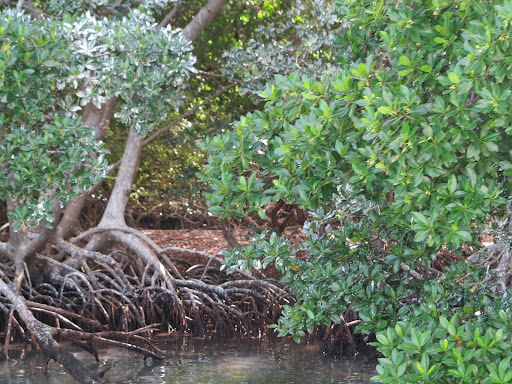
23 We wondered what animals lived on these shores.
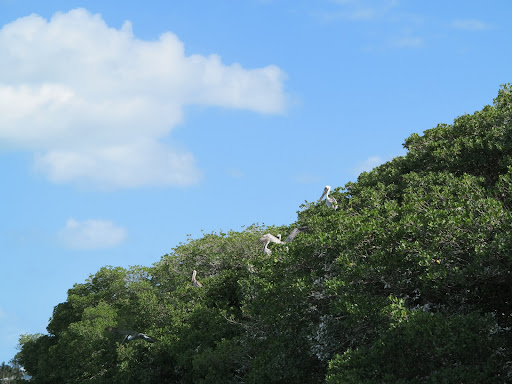
24 More pelicans - Pelicans have a large throat pouch used for catching fish. Contrary to popular belief, a pelican does not store fish in its pouch. Once they catch a fish, they tip the pouch back to drain out water and swallow the whole fish immediately.
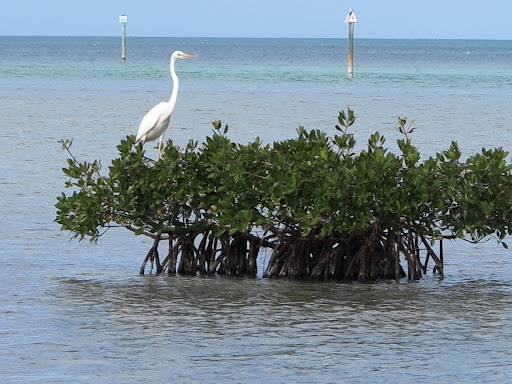
25 This is a great egret with yellow legs, indicating a young bird. Egrets with black legs, are mature. These small mangrove tufts are an important part of the Keys' ecological system.

26 Hidden in the mangroves are many, many iguanas.
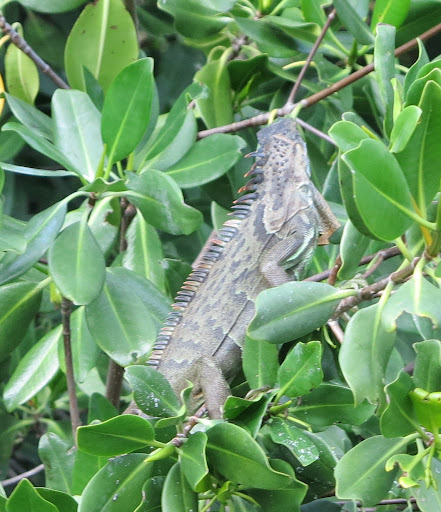
27 They look away when observed.
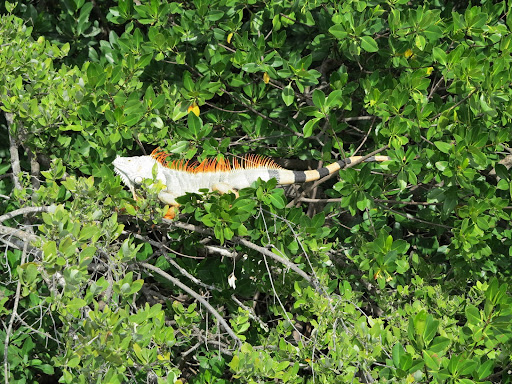
28 This was an attractive one and very visible from the boat.

29 Thriving on vegetative growth, the iguanas add a bit of pure exotica to the landscape.
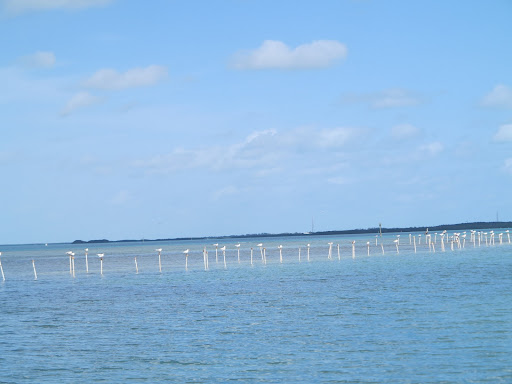
30 To encourage new mangrove cultivation, these poles have been stuck in the sand bars for birds to perch upon. The birds eat the mangrove fruit, passing the undigested seeds into the water, where they will hopefully germinate in the shallow sands below.

31 Pelicans were perched everywhere. These hungry birds are fun to watch.
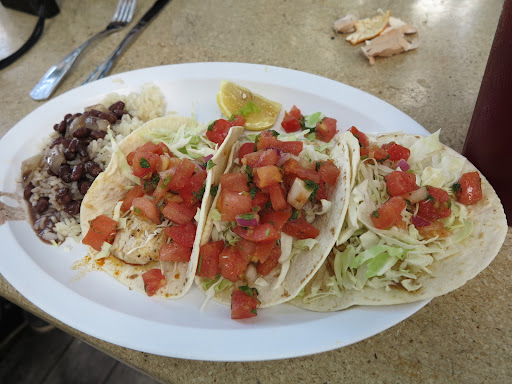
32 We ate at a favorite spot, Hungry Tarpon Restaurant at Robbie's of Islamorada, a dock not far from where we stayed. Captain Samantha keeps her boat there. It's a great place to eat, shop, and drink a cocktail or two. The fish tacos are so so good! We went there twice for lunch.
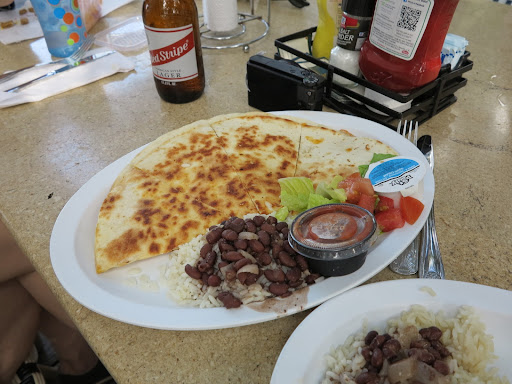
33 Jude ate quantities of black beans and rice - arroz con frijoles negros.

34 The pelican were a bit pesky, but they are kept at bay.

35 This long-legged great egret is one of several resident birds.

36 Pelicans come in many sizes and colors and perch on the docks to dry their wings before taking off on another fishing expedition.
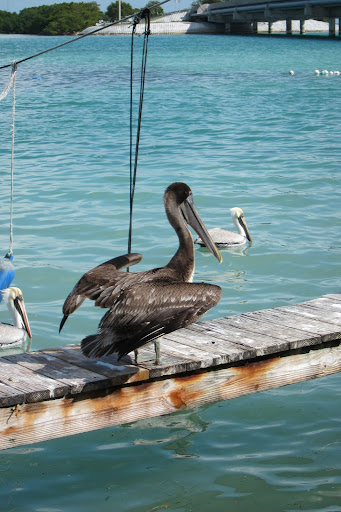
37 The Brown Pelican the smallest of the eight species of pelican.

38 This spot, is one of many, to rent a boat, or a captain and boat, for an hour or more for sightseeing or fishing.

39 A good look at a pelican and the famous pouch.
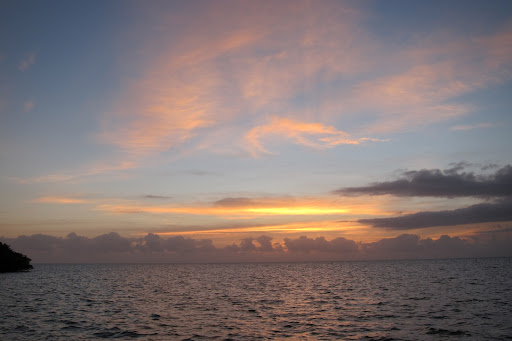
40 The sunrises were magical!
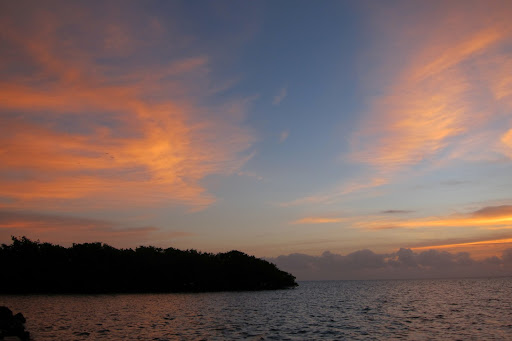
41 This mangrove island is right off the beach where we stayed.
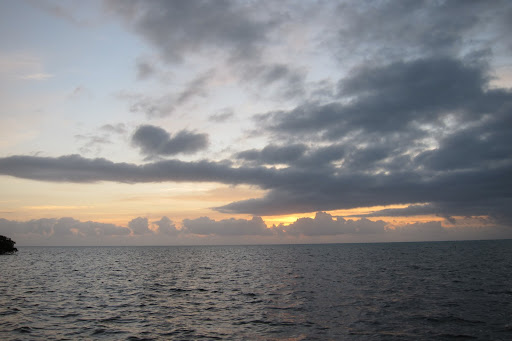
42 Waiting and waiting for the sun to rise.

43 Will it ever come? Jude became very patient day after day.
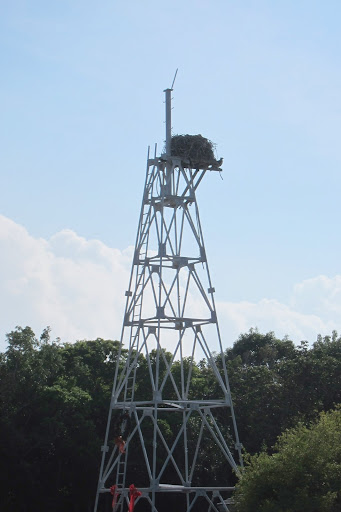
44 This is an osprey nest near our bungalow.

45 This wonderful banyan was also nearby.
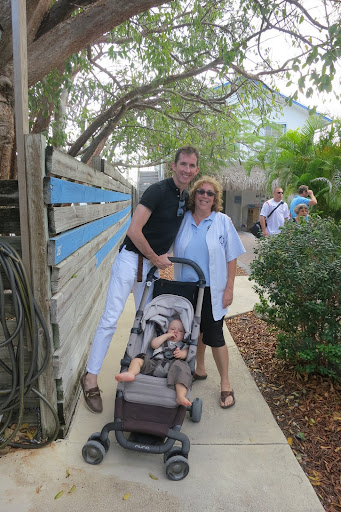
46 Our trip to the Dolphin Research Center was a highlight of the trip. This is Rita Irwin, President and CEO of the Center.
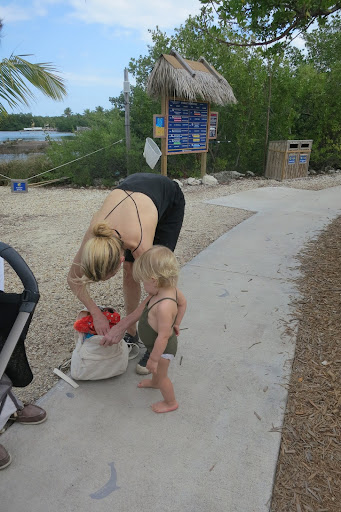
47 In preparation for our experience with the dolphins, we donned our swimsuits and coverups.
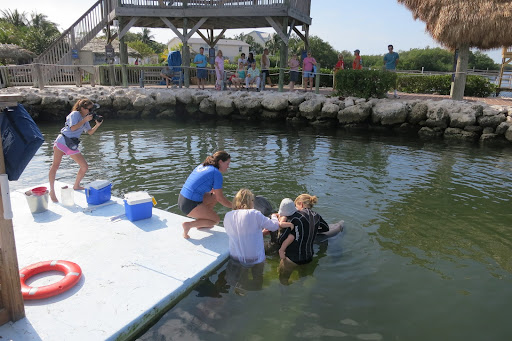
48 There's a small platform next to the dock where we stood to interact with the dolphins. Because Jude is so young, it was a requirement that she be held on mother's hip.
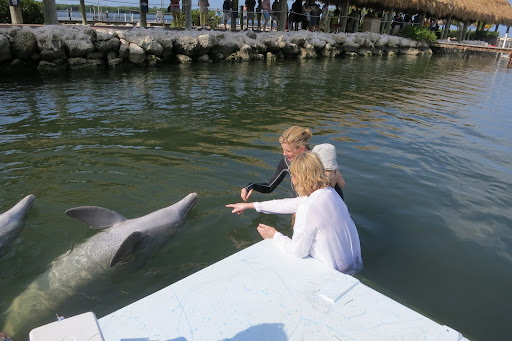
49 There are specific hand motions the dolphins follow to perform beautiful balletic movements. Jude tried all of them and they worked!
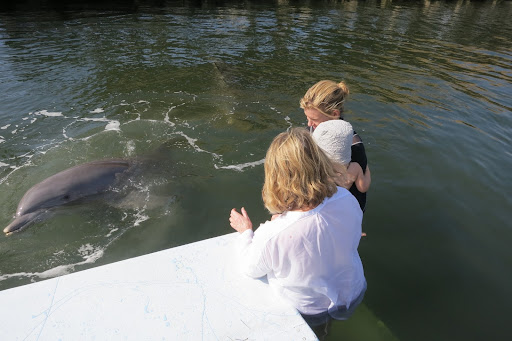
50 Two dolphins swam together for us. They were beautiful. The Dolphin Research Center (DRC) is a not-for-profit education and research facility, home to a family of Atlantic bottlenose dolphins and California sea lions.
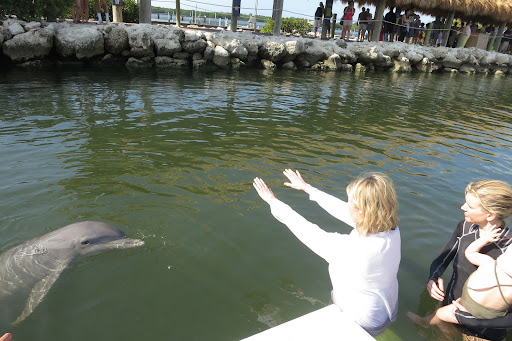
51 Here I am calling the dolphins to ready them for a swim around the lagoon. Nearly half of the dolphins were born at the Center, while the others either arrived from other facilities, or were collected years ago by previous management.
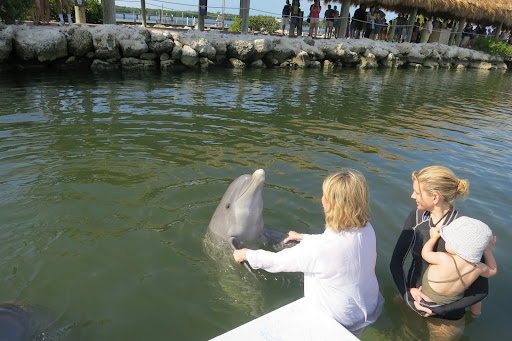
52 Touching a dolphin is a life-altering experience. Jude was very willing to try everything. In addition to caring for their family of dolphins and sea lions, the Center is also dedicated to assisting marine mammals in distress in the surrounding waters of the Keys.
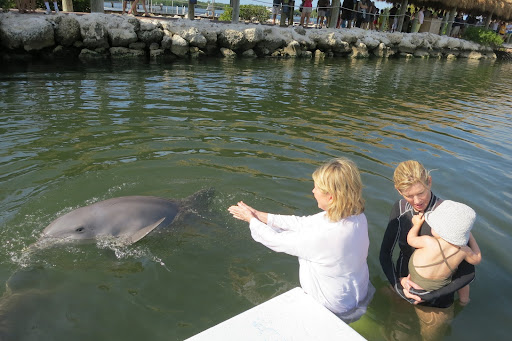
53 The dolphins and sea lions at the Center live in ninety thousand square feet of pristine seawater lagoons with low fences separating them from the open waters of the Gulf of Mexico. A natural tidal flow flushes the lagoons daily.
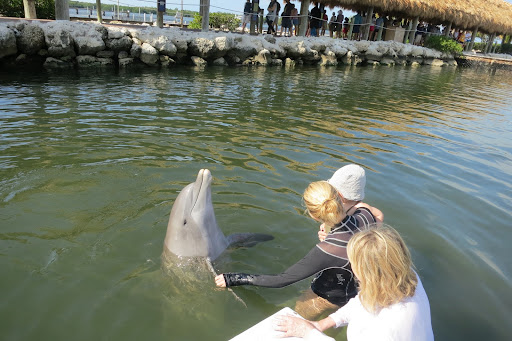
54 Alexis was so happy that Jude loved the dolphins. She touched them, kissed them, and laughed with them. The fences surrounding the pools protect the dolphins from large predators and the curious public, while admitting a variety of local marine life.
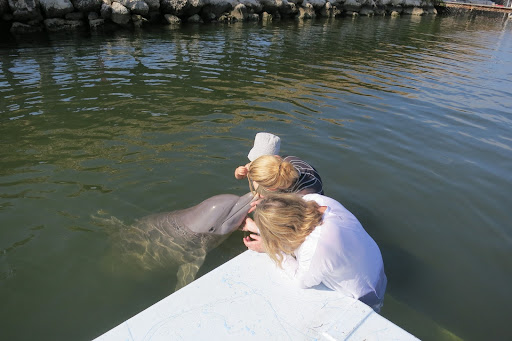
55 Their noses are very sensitive. The air hole, the ears, the mouths, and the eyes were examined closely by us.
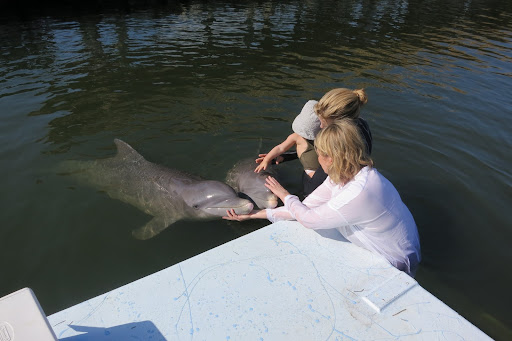
56 Jude loved petting their heads and looking at their faces and mouths.

57 The dolphins are very friendly and intimate.
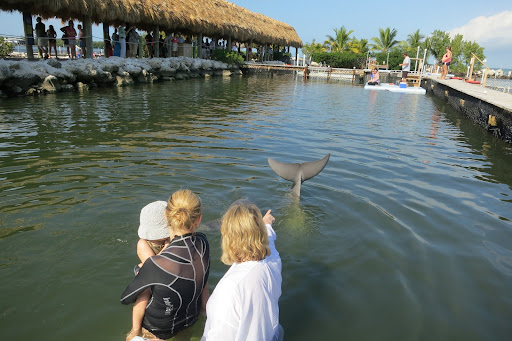
58 Their tails come up on command.
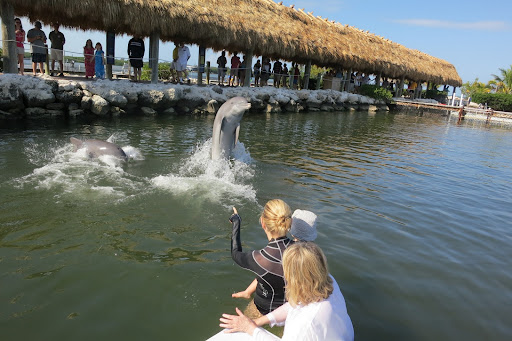
59 And they put on quite a playful show!

60 Holding onto the dorsal fins, I was pulled around the training lagoon.
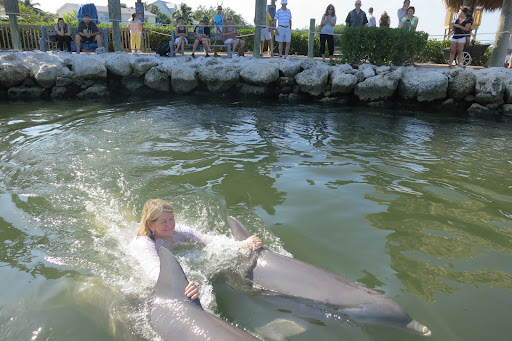
61 This is a lot of fun!
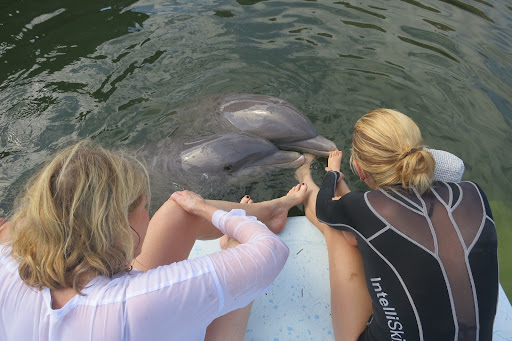
62 Nibbling toes caused lots of giggles!
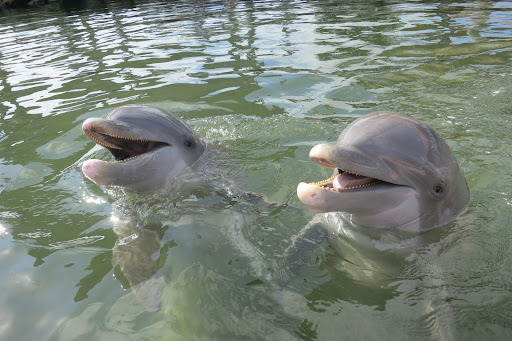
63 Such happy creatures!
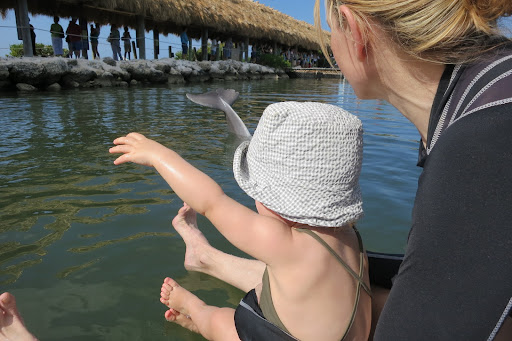
64 Jude talked about the dolphins for days.

65 On another day, we went deep sea fishing for yellow tailed snappers. The babies conked out very quickly in the rocking boat.
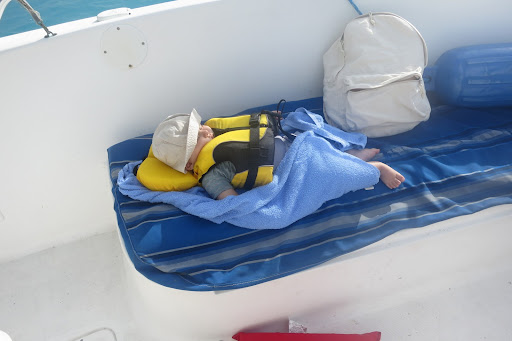
66 Baby Truman
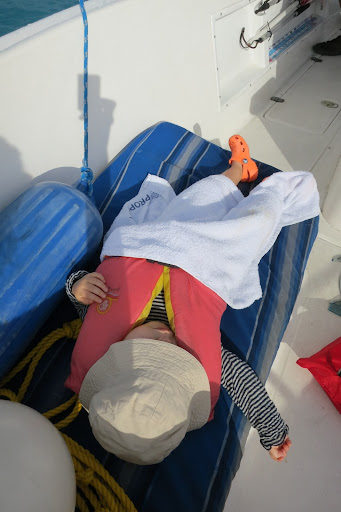
67 We hired a tourist fishing skiff with captain from World Wide Sportsman Bayside Marina across the road from our lodging. We went looking for fish in the ocean on the coral reef.
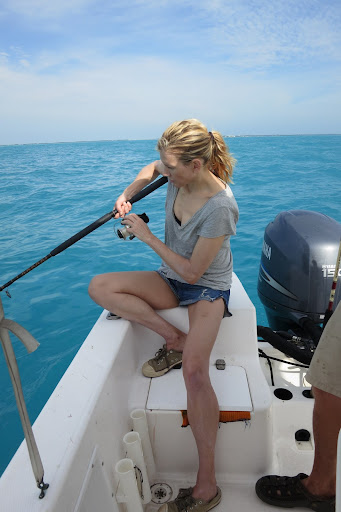
68 Alexis became proficient at dropping line and sinker with shrimp for snapper, however, the fish we caught were too small to keep.
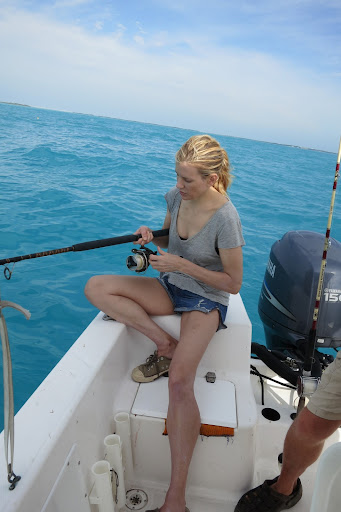
69 No supper that day!
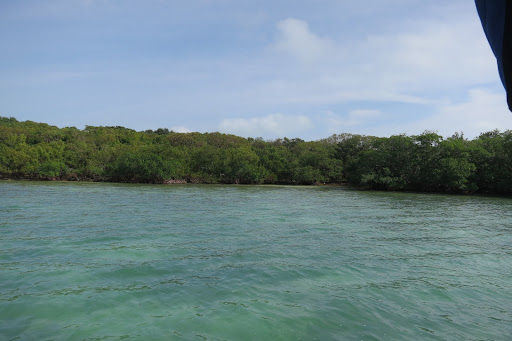
70 Returning to the marina we came in under the highway bridge and spotted several schools of dolphin. I did not take any pictures - darn!
heejun han donovan mcnabb donovan mcnabb lottery ticket megga millions what is autism the giver
No comments:
Post a Comment
Note: Only a member of this blog may post a comment.